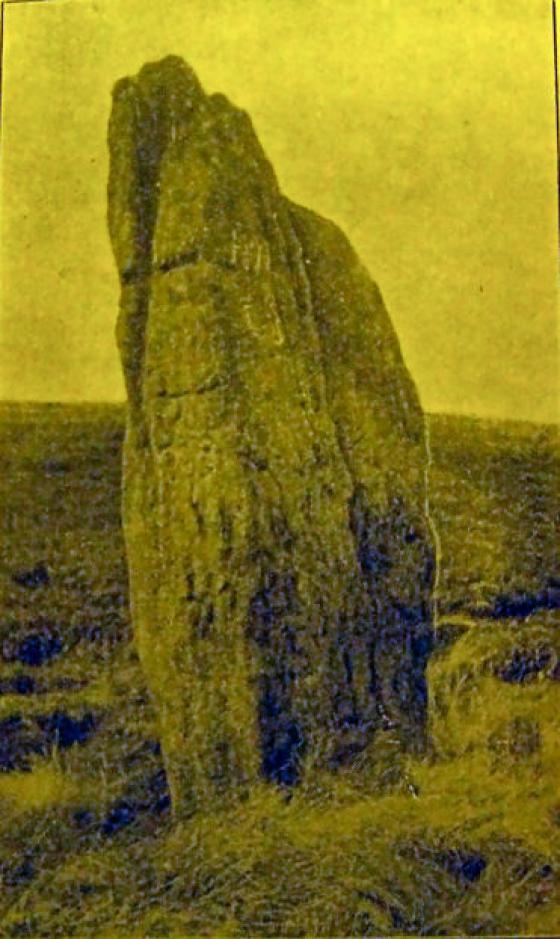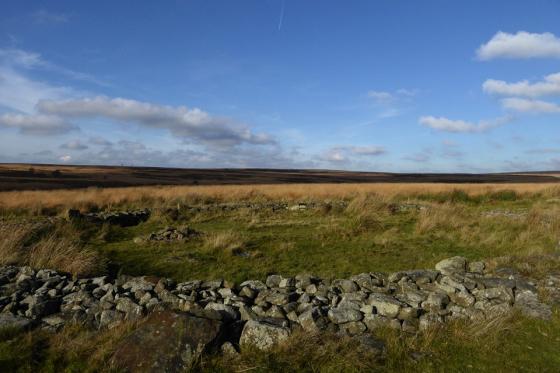
05/04. Dating to around 1000BC, this (winking) Celtic head was found in a wall close to the Russet Well. Now displayed in the Castleton Centre.

05/04. Dating to around 1000BC, this (winking) Celtic head was found in a wall close to the Russet Well. Now displayed in the Castleton Centre.

Visited 26.5.13
As part of my on-going mission to visit every English Heritage site we arrive at the very pretty town of Castleton.
Being a bank holiday weekend the place was full of tourists and Dafydd and myself left Karen and Sophie to look around the shops whilst we headed up towards the castle.
After flashing my CADW membership card to gain entry I had a quick look in the small display cabinet.
Although nearly all medieval there was one small prehistoric flint blade on show.
I shall have to read the guidebook to see if there is any mention of anything prehistoric?
The walk up to the castle itself is very steep and you would have been mad to attempt to attack it from this direction. Once in the castle the views over Castleton and the surrounding area was quite something – well worth the effort of the climb.
Great views over to Mam Tor which I was standing on top of earlier in the day.
In addition to stubob’s post:
Many persons in Castleton are said to believe, that the Sun appears to dance up and down at its rising on Easter Sunday Morning, when viewed from the top of the Castle Hill adjacent; and that numbers repair thither, almost annually, in expectation of seeing it! By others, the Sun is said to illuminate more of the surface of that deep valley, in the shortest days, than it did some years previously!
p627 in ‘A General View of the Agriculture and Minerals of Derbyshire’ by John Farey (1817) – on Google Books.
Could be a bit of a dodgy posting this but here goes......
Castle Hill overlooks Castleton, with Peak Cavern (devils arse) below it.
The Normans built Peveril Castle on top of the hill, but local folklore reckons the druids used to worship there. Every Easter Sunday people from Castleton would climb the hill for sunrise, and then move on to drink from the Russet Well, down in the mouth of the cavern.
In one of the cottage gardens near the cavern a carving of a face was found on a stone and is thought to date back to the Iron Age.
Garland day usually May 29th( oak apple day ) is the surviving ‘pagan’ festival with a Green Man and loads of pissed up locals..













































































































































































































